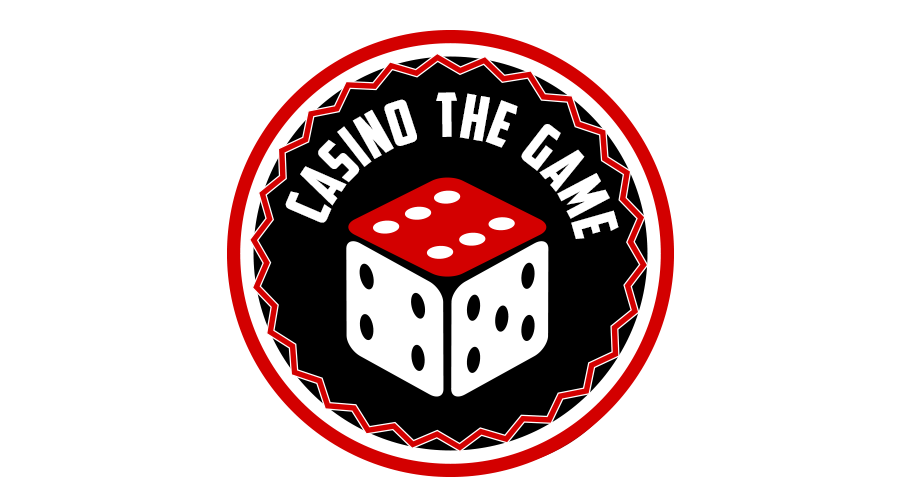T20 Exchange, Laser book, Online Cricket ID: Lobbying efforts are predominantly spearheaded by large corporations, industry associations, and special interest groups. These entities dedicate significant resources to influence policy decisions in their favor, often leveraging their financial power and access to key decision-makers. Their main goal is to shape laws and regulations that align with their interests and priorities.
In addition to corporations and industry groups, professional lobbyists play a crucial role in advocating for specific policy changes. These experts possess in-depth knowledge of the legislative process and use their expertise to navigate the complexities of the political landscape. They serve as intermediaries between policymakers and the entities they represent, employing various tactics to advance their clients’ agendas.
Impact on Regulatory Frameworks
Lobbying efforts wield significant influence over the regulatory frameworks that govern industries and sectors. By leveraging their resources and networks, key players in lobbying can shape policies and regulations that directly impact business operations and market dynamics. This influence can lead to changes in legislation, permitting requirements, and enforcement priorities, ultimately affecting how companies conduct their affairs and compete in the marketplace.
Moreover, the impact of lobbying on regulatory frameworks can also manifest in the form of loopholes or exemptions that benefit specific interest groups or companies. These carve-outs may result in uneven playing fields, where certain entities enjoy preferential treatment or are exempt from compliance burdens. Such tailor-made regulations can distort competition and hinder the creation of a level playing field that encourages fair market practices and innovation.
Changes in Public Perception
Public perception plays a crucial role in shaping the landscape of lobbying efforts and regulatory frameworks. The way in which the general public views lobbying activities can greatly influence the success or failure of these efforts. When the public perceives lobbying as self-serving or manipulative, it can lead to increased scrutiny and pushback from policymakers and the public alike.
Conversely, when lobbying activities are viewed as transparent and in the public interest, it can help garner support for policy changes and regulatory reforms. Building trust with the public is essential for lobbyists and advocates looking to influence decision-makers in today’s political climate. As public awareness and interest in lobbying continue to grow, maintaining a positive public perception will be paramount for those seeking to drive change through advocacy efforts.
• Public perception plays a crucial role in shaping lobbying efforts and regulatory frameworks
• The way the general public views lobbying activities can greatly influence success or failure
• Negative perceptions can lead to increased scrutiny and pushback from policymakers and the public
• Transparent and public interest-focused lobbying activities can garner support for policy changes
• Building trust with the public is essential for lobbyists looking to influence decision-makers
• Maintaining a positive public perception is paramount for driving change through advocacy efforts
Who are the key players in lobbying efforts related to changes in public perception?
The key players in lobbying efforts related to changes in public perception often include industry groups, advocacy organizations, and special interest groups who work to influence public opinion and policy decisions.
How do changes in public perception impact regulatory frameworks?
Changes in public perception can have a significant impact on regulatory frameworks, as policymakers may be more likely to enact new regulations or amend existing ones in response to shifting public attitudes and concerns.
What are some examples of changes in public perception that have influenced policy decisions?
Examples of changes in public perception that have influenced policy decisions include shifts in attitudes towards climate change, healthcare, gun control, and LGBTQ rights, which have all led to changes in regulations and legislation.
How can changes in public perception be measured?
Changes in public perception can be measured through surveys, polls, social media analytics, and other forms of data collection that track public attitudes, beliefs, and behaviors over time.
What strategies do lobbyists use to influence public perception?
99exch, Laser247: Lobbyists may use a variety of strategies to influence public perception, including media campaigns, grassroots organizing, coalition building, and direct lobbying of policymakers to shape public opinion and policy outcomes.

